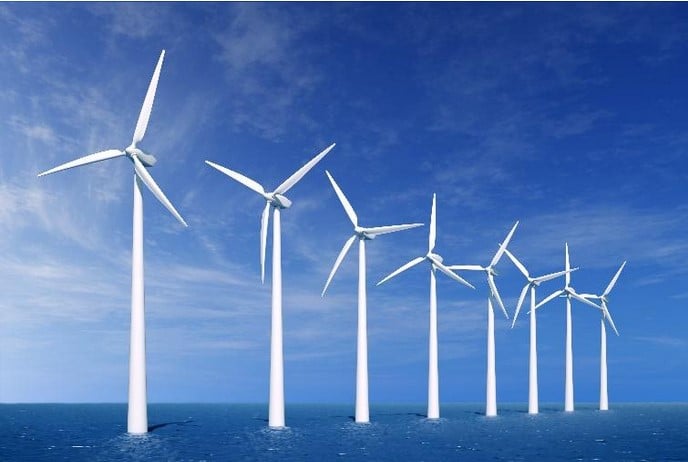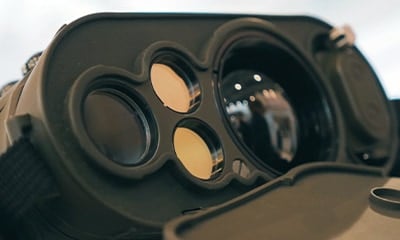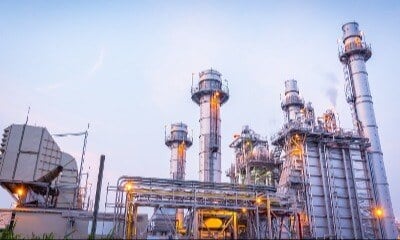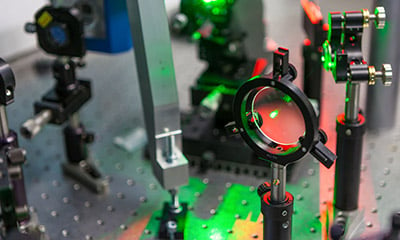Advancing Wind Power Efficiency with Lasers for Wind Lidar Technology
By Seminex

This technology plays a pivotal role in enhancing the efficiency of wind power generation systems.
Operational Principle
Wind Lidar operates on the Doppler shift principle. Laser beams are emitted into the atmosphere, and the scattered light is analyzed to determine wind speed and direction. SemiNex's triple junction technology at 1550nm offers lasers improved sensitivity and accuracy in wind measurements.
Transmission of Laser Pulses
Lasers serve as the light source in wind lidar systems, emitting focused and coherent beams that interact with air particles. The Doppler shift in the frequency of the scattered light is then analyzed for wind speed and direction determination.
Doppler Shift Analysis
The coherence of laser light allows precise measurement of Doppler shift, providing information about air particle velocity. This analysis helps calculate wind speed and direction at different altitudes.
Vertical Profiling
Wind lidar offers vertical profiles of wind speed and direction, providing insights into wind conditions at various heights above the ground.
High Resolution
Laser technology provides high spatial and temporal resolution, allowing wind lidar to capture detailed, real-time information about the wind profile.
Benefits to Wind Power Generation Systems
- Optimizing Turbine Performance: Wind Lidar aids in understanding wind patterns, optimizing turbine alignment, and maximizing energy extraction.
- Enhanced Site Assessment: Detailed site assessments for wind farm planning, ensuring optimal wind conditions at selected locations.
- Improved Forecasting: Continuous monitoring of wind profiles contributes to better weather and wind forecasts for more accurate energy production predictions.
- Reduced Uncertainty: Wind Lidar reduces uncertainties in wind measurements, providing reliable data for decision-making in the wind energy sector.
- Cost-Efficiency: Optimization of turbine performance and overall efficiency leads to cost savings in wind power generation.
Wavelength Selection
The lasers used in wind lidar systems typically operate in the near-infrared spectrum, ranging from 1.5 to 2 micrometers. This selection is based on factors such as atmospheric transparency, eye-safe operation, Doppler shift sensitivity, and minimized atmospheric interference.
SemiNex’s Laser Advantages
- Lower cost ($/w) per watt
- Higher output powers in same package as single junction
- High reliability across a wide thermal spec
- Custom laser packages available
- High volume supplier based in the US
Conclusion
In summary, wind lidar, leveraging lasers and Doppler shift analysis, offers a sophisticated and effective means of characterizing wind patterns. Its integration into wind power systems brings about numerous benefits, ultimately contributing to the advancement and efficiency of renewable energy generation. The careful selection of near-infrared wavelengths reflects a strategic trade-off between measurement accuracy and safe, effective operation in various environmental conditions.
By Seminex
Related articles
Featured, Datacom, New applications, Artificial Intelligence
The Data Center Footprint is Unsustainable
The Data Center Footprint is Unsustainable
Featured, New applications
Demand for Indium Phosphide Chips Driven by Communications and Consumer Electronics Applications
Indium phosphide (InP) has emerged as a critical semiconductor material, ...



.jpg)
.jpg)
.jpg)
.jpg)


.jpg)
.jpg)


